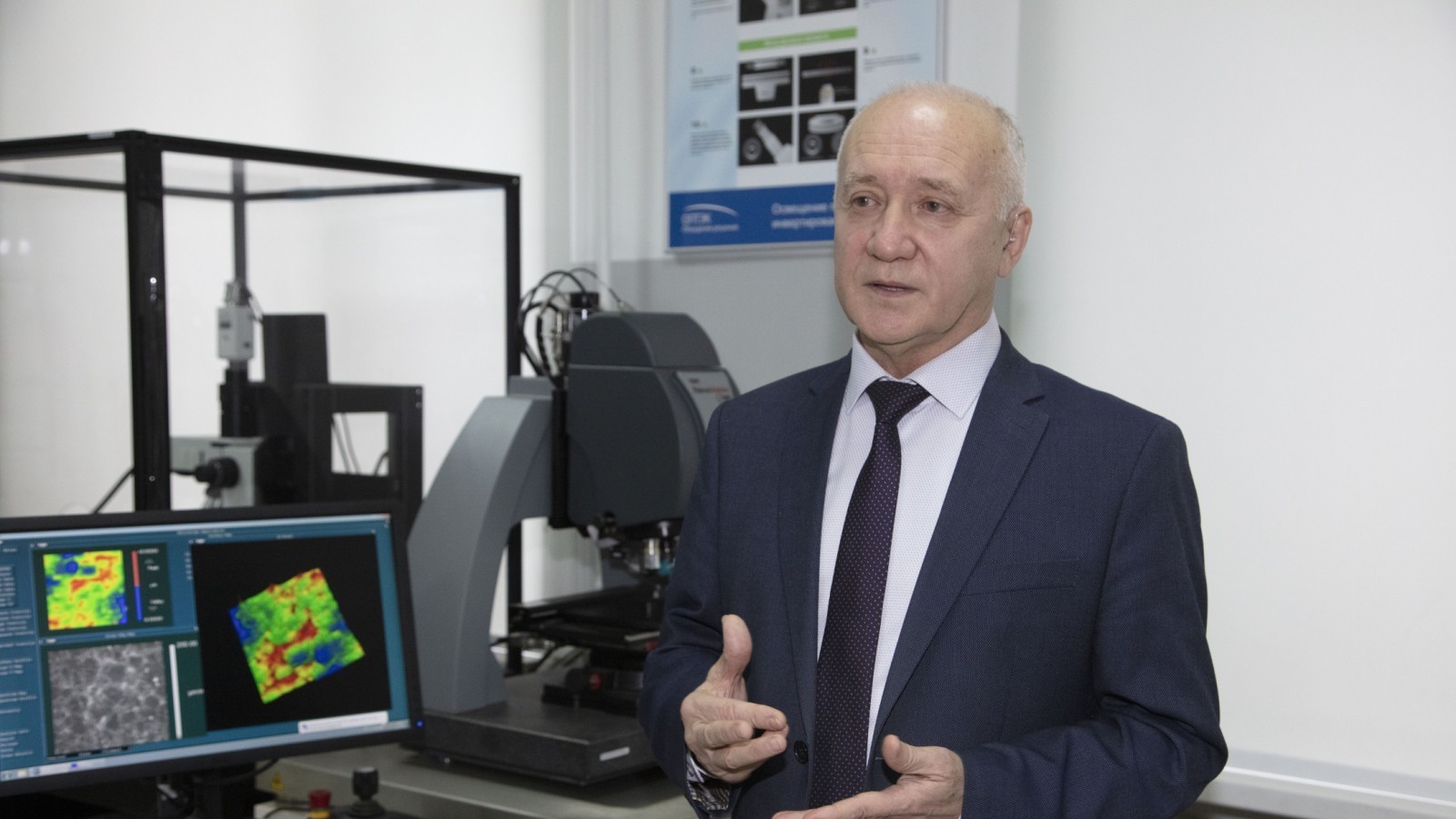TSU to Derive an Essential Formula for Resorption Rate

The conference was organised by the A. I. Yevdokimov Moscow State University of Medicine and Dentistry (MSUMD). The participants were scientists engaged in medical developments and practitioners.
Dozens of scientific groups in many developed countries, including Russia, are engaged in the creation of bioresorbable materials. That is why the section Biodegradable Products in Maxillofacial Surgery and Dentistry: Current State of the Issue gathered a large number of participants. Dmitry Merson, Director of the Research Institute of Progressive Technologies (RIPT) at Togliatti State University, outlined a serious problem that exists in the field of biodegradable materials development.
“One of the main characteristics of bioresorbable implants is the rate of resorption (dissolution). You read articles describing the results of various research studies, and the differences in the rate can reach up to two orders of magnitude for the same materials! This abnormal situation is explained by the fact that each scientific school has its own method of measuring the resorption rate. Meanwhile, the rate of resorption directly in the human body can change significantly depending on where the implant was placed—inside the bone or subcutaneously. Therefore, the development of an adequate method of measuring the resorption rate is a serious problem.”
Until recently, Russian doctors used imported bioresorbable magnesium implants in surgical practice; they were not produced in Russia.
The imposition of sanctions has become a new challenge and an incentive for Russian scientists. Thus, TSU has prepared everything necessary to start a full-cycle production of medical devices from bioresorbable (self-dissolvable) magnesium alloy for traumatology and orthopedics in 2024. This alloy is the in-house design of materials scientists at the TSU Research Institute of Progressive Technologies.
Today, Russia already has everything to transfer the implantology industry completely to domestic production. However, for this purpose, the scientists’ work has to be brought to a common denominator, i.e., to create a unified standard to determine the resorption rate. It will allow us to objectively compare the results of tests carried out in different scientific and production groups and give a correct forecast on the time of complete dissolution of the implant in the body.
“At the same time, the emergence of the standard will contribute to the development of a Centre of Excellence in the field of magnesium application for various industries, including medicine, on the basis of TSU in cooperation with our partners,” said Rector of TSU Mikhail Krishtal.
As experts say, the standard will become a universal language for all researchers from different fields: doctors, engineers, material scientists, and metallurgists.
“Everyone knows that these alloys resorb, but everyone has very different data, because somebody is studying it in vitro, somebody is studying it in small laboratory animals, somebody is studying it in large animals, and somebody is talking about humans. In all these cases, the rate of resorption is different. It is influenced by a different number of factors. These data do not fit together in any way, and may even contradict each other for the same alloy,” explains Nikolay Redko, leading researcher of the Laboratory of Medical Bioresorption and Bioresistance of the A. I. Yevdokimov MSUMD, assistant of the Department of Oral and Maxillofacial Surgery, Ph.D. in Medicine. “That is why it is important to develop a unified standard, and if it turns out to be a GOST, it will be a very big job. All that large number of ideas, which are being formed now by domestic science, especially material science, will reach surgeons and, therefore, patients faster.
Such work has already begun at the TSU Research and Development Institute of Materials Science and Technology, where they have developed a programme to create two standards. The first is a standard for bioresorbable metallic materials, and the second is a method for determining the dissolution rate of such materials.
“So far, the plan is as follows: we are developing the method in vitro (in laboratory conditions), and then the results will be tested in vivo (on animals) in the Laboratory of Medical Bioresorption and Bioresistance at the A. I. Yevdokimov MSUMD. A preliminary agreement on this was reached at a conference in Moscow,” says Dmitry Merson. “In January 2024, we are planning to develop the first basic version of the methodology, from February to March, to conduct tests on samples of magnesium alloys simultaneously in our laboratory and on animals, and then to verify the results obtained in vitro and in vivo. If everything turns out well at once, we can consider the main work done.”
After that, the developed methodology can be sent for approval to the Technical Committee for Standardisation No. 295 Medical materials and their production processes. This organisation develops standards and serves as a guarantor of quality products that meet the highest requirements. The TC (Technical Committee) No. 295 includes representatives of the Ministry of Industry and Trade of the Russian Federation, the Ministry of Health of the Russian Federation, leading Russian scientists, doctors, and manufacturers, including the Director of the TSU Research Institute of Medical Materials, Doctor of Physics and Mathematics, Professor Dmitry Merson.
“If we fail to achieve the desired result at once, we will continue the research to the bitter end,” emphasised Dmitry Merson.
486
views